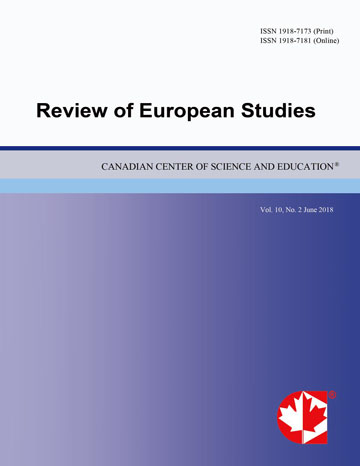The Transnationalization of Labor Mobility: Development Trends and Selected Challenges Involved in Its Regulation
- Ludger Pries
- Martina Maletzky
Abstract
Internationalization of value chains and of for-profit as well as non-profit organizations, and as a result of cheaper and safer mass migration, transnational labor mobility is of increasing importance. The article presents the development of the different types of cross-border labor mobility (from long-term labor migration over expatriats/inpatriats up to business traveling); it analyses crucial aspects of labor conditions and how the collective regulation of working, employment and participation conditions in general is affected: could local or national forms of labor regulation cope with these new conditions? What are the main challenges when it comes to collective bargaining and the monitoring of labor conditions? The article is based on a three year international and comparative research in Germany and Mexico. First, different ideal types of transnational labor mobility are distinguished that have emerged as a result of increasing cross-border labor mobility. Then potential sources of labor related social inequality and challenges in the regulation of the working, employment and participation conditions for transnational workers are discussed. Finally, some conclusions are drawn for further research.
- Full Text:
 PDF
PDF
- DOI:10.5539/res.v9n2p115
Index
- ACNP
- CNKI Scholar
- DTU Library
- Elektronische Zeitschriftenbibliothek (EZB)
- EuroPub Database
- Excellence in Research for Australia (ERA)
- Genamics JournalSeek
- Google Scholar
- Harvard Library
- HeinOnline
- Infotrieve
- JournalTOCs
- Mir@bel
- Open policy finder
- RePEc
- ResearchGate
- ROAD
- Scilit
- Technische Informationsbibliothek (TIB)
- The Keepers Registry
- Universe Digital Library
- WorldCat
Contact
- Paige DouEditorial Assistant
- res@ccsenet.org
